With the development of science and technology, many new varieties of fruits and vegetables have been developed and the nutritional value is not low. Today Xiaobian wants to introduce you to a kind of bright and attractive vegetable - red celery, yes, as the name suggests is red celery. What is the effect of red celery? How to cultivate? Have you eaten? The following small series will tell you about the efficacy and function of red celery and the cultivation techniques in northwestern Henan.
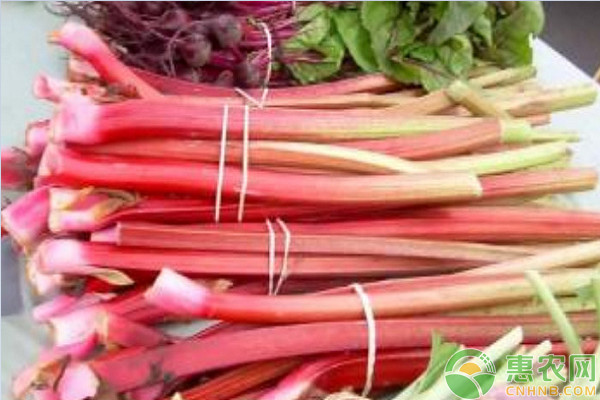
The effect and effect of red celery
a. Red celery contains hemoglobin, which has the effect of lowering blood pressure and blood, which is beneficial for patients with hypertension;
b. Red celery is very rich in nutrients, rich in carbohydrates, protein, etc.;
c. Red celery has the effects of iron supplementation, sedation, diuresis and stomach.
Red celery cultivation technique
1. Red celery season cultivation
Spring cultivation: from mid-January to mid-February, nursery seedlings are planted in the protected areas, planted in mid-March, and harvested from June to early July.
Autumn cultivation: seedlings from mid-June to early July, planting in mid-August, harvest in November.
Protected cultivation: seedlings from mid-July to early August, planted from September to November, harvested from January to March.
2. Red celery sowing seedlings
(1) soaking seeds and germination
First soak the seeds with hot water of about 50 °C for 20-30 min, then soak seeds with 600-700 mg/kg gibberellin for 8-10 h, wrap the seeds with a damp cloth, germination for 7-10 d at 20 °C, 50% or more budding. When it is suitable for sowing.
(2) sowing
The seedbed should be selected in a place with good drainage and high dryness. The same amount of decomposed farmyard manure and garden soil were mixed and sieved into nutrient soil, and laid in a 1.2 m flat crucible with a thickness of about 10.0 cm or more. Before seeding, the seedbed is solid with the foot, the flat plate is flattened, and the bottom foot water is used. After the underwater seepage, the seeds of the germination and the fine sand are mixed and uniformly spread 1:5. After sowing, cover the sifted soil, preferably 1.0cm thick.
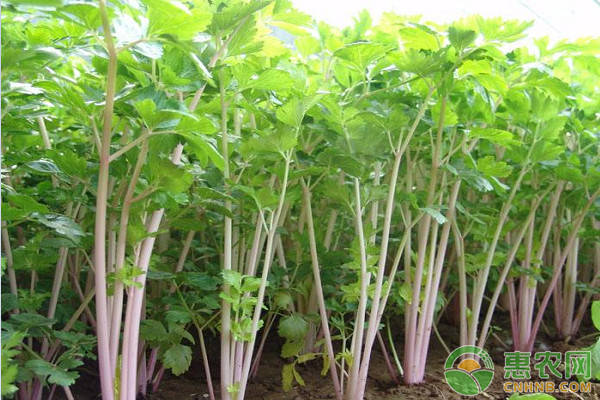
(3) Seedling management
In winter and spring, protective facilities should be taken. The temperature of the greenhouse should be maintained 7 days before emergence. Generally, it is not ventilated to facilitate the seedlings. After emergence, it should be properly ventilated according to the weather conditions. Summer and autumn seedlings should adopt rain-proof shading measures, that is, small arch sheds on the rafters, shade nets or other sunshade on the small arch sheds, and the small arch sheds are ventilated while maintaining the soil moisture during emergence. When the seedlings are just unearthed, they should pay attention to timely spraying. Water, so as to keep the seedbed moist, but also to cool the soil, reduce the occurrence of physiological diseases at high temperature seedlings, and increase the seedling rate. After the seedlings, keep the bed moist. When the seedlings are present, the appropriate time for seedlings, sparse seedlings, seedling distance 1.5cm, while spraying 0.1% ~ 0.2% of urea and potassium dihydrogen phosphate, to promote seedlings. When two or three true leaves are used, the seedlings are divided into 6.0~7.0cm, and the seedbed weeds are removed at the same time to prevent the occurrence of aphids, and the small water is poured to keep the seedbed moist. After five or six true leaves, moderate water control prevents seedlings from growing, making the roots of the plants developed, and the seedlings are strong and ready for colonization.
(4) Timely colonization
Planting 667m2 cultivating 2000kg of organic fertilizer, 80kg of ternary compound fertilizer, ploughing and evenly leveling, do 1.2~1.5m畦. Seedling age 60 ~ 70d, eighty-nine true leaves, plant height can be fixed when the plant height is about 10.0cm, 7 to 10d before planting to refine seedlings, water control and fertilizer control, facility nursery should strengthen ventilation and light transmission to adapt to the colonization environment . Before planting, the seedbed is drenched with water so that the roots are covered with soil to promote early rooting; when the sun is weak in the afternoon, the depth of planting is to bury the rhizome, and the heart is not suitable. The plant spacing is 25.0cm, the plant spacing is 20.0cm, and the planting is fixed. The density is 13,000 plants/667m2, the row spacing of greenhouse cultivation is 30.0cm, the plant spacing is 25.0cm, and the planting density is 8800 plants/667m2. It is suitable for planting with watering and small water stable seedlings.
3. Red celery field management
(1) Temperature and illumination
The temperature in the daytime is 20~25°C, the night is not lower than 5°C, and the temperature is 10~18°C. It is cultivated in North China, shaded in summer and autumn, and kept warm in winter and spring. In general, the light management is strong in the early stage, which makes the plants thick and strong; the late light is given to make the plants grow taller and the stems are crisp and tender.
(2) Fertilizer management
After 7 days of planting, the quick-acting fertilizer should be applied in combination with watering, and it should be chased every 7 days. The concentration in the early stage is appropriate to avoid burning seedlings. After 40 days, the red celery enters the fast-growing period. At this time, attention should be paid to topdressing. 25kg of ammonium phosphate, 5kg of potassium phosphate and 10kg of superphosphate are applied every 667m2 to promote the plant's health and hypertrophy, accelerate the growth of heart and improve the quality of red celery. When the plant is changed from the eccentric period to the hypertrophic period, the growth of the outer leaves is stagnant and the heart leaves are developed. The supply of fertilizer and water should be ensured and the yield of red celery should be improved.
(3) Plant softening
The red celery is softened by the plant, which makes the petiole white, crisp and tender, and has good appearance. It is suitable for market consumption habits. The commonly used methods are:
1 The soil is softened, that is, 15 days before harvesting, the soil is applied around the petiole, and the height is based on the buried petiole, usually at 20.0-30.0 cm, and the softening purpose is achieved after shading for about 10 days;
2 barrier softening, that is, using straw to form a barrier on both sides of the ridge or ridge, changing the light conditions, and harvesting after about 10 days;
3 The dressing is softened, that is, the plant is wrapped with the waste newspaper, and the petiole becomes white after about 10 days, and the harvest can be obtained.
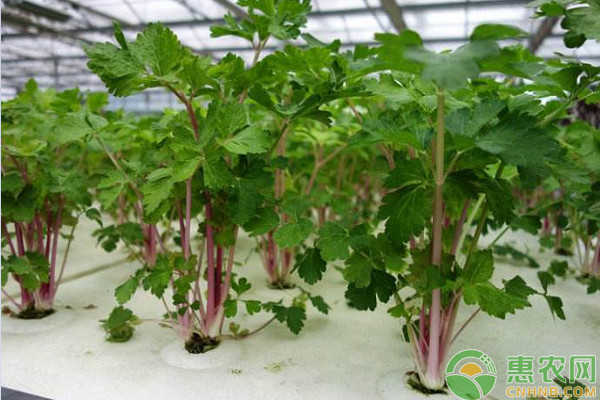
4. Red celery pest control
(1) Physiological diseases
By strengthening cultivation management and effectively controlling environmental conditions such as soil and atmosphere, it can avoid the occurrence of physiological diseases. Spraying 0.2% borax can effectively prevent black heart disease, hollow disease and stem crack disease. Spraying 0.1% magnesium sulfate solution can prevent magnesium deficiency. The occurrence of the disease.
(2) Diseases
Common diseases of red celery include spot blight, leaf spot, black rot, early blight, soft rot and viral diseases. It is necessary to adhere to the principle of prevention-oriented and comprehensive prevention and control, and take chemical control measures when necessary. Spot blotch, leaf spot, black rot, early blight can be sprayed with 5% chlorothalonil dust 1kg/667m2, and 45% chlorothalonil can be used in the shed. The soft rot can be sprayed with 150-200 mg/kg of agricultural streptomycin or 500-600 times of liquid zinc. Virus disease should pay attention to timely control of aphids, strengthen the management of fertilizer and water, timely remove the central diseased plants, and simultaneously spray 20% virus A500 times solution, 1.5% virus spirit 100 times solution.
(3) Pests
Insect pests are mainly aphids, which can be sprayed with 50% anti-converse WP 2000 times or 10% imidacloprid 1500 times. It should be noted that the safety interval is controlled at least 8 days. Protected cultivation can also use smoke agents to treat aphids, or use silver-gray membranes to avoid aphids and yellow boards to trap aphids.
5. Harvesting
When the plant is erect, the plant is as high as 70.0cm, and the mass per plant is 0.75~1.50kg, it can be harvested.
Well, the above is the whole content of red celery that Xiaobian has compiled for everyone today. Generally speaking, red celery can be cultivated in greenhouses and greenhouses, and soilless cultivation methods can also be used. Red celery can be cultivated in the north and south of China. It is especially suitable for the production of autumn and winter crickets in the northern protected areas. It is also known as “the vegetables without seasons†in foreign countries. The sales reputation in the international market is also quite good. How are you, do you have any idea of ​​planting red celery? Xiaobian here is still to remind the friends of the vegetable farmers, before choosing to plant a new vegetable variety, we must really combine their own situation and local geographical environment and other factors!
Color waxy corn is generally white, yellow, red, purple and black, white, yellow and purple corn is the basic color. The purple gene in a purple/white hybrid will naturally become purple if it "beats" the white gene, and vice versa, if it's a tie, what we see is a white/purple corn. Purple can turn into red corn and black corn, which is often called "red is purple, black is purple."
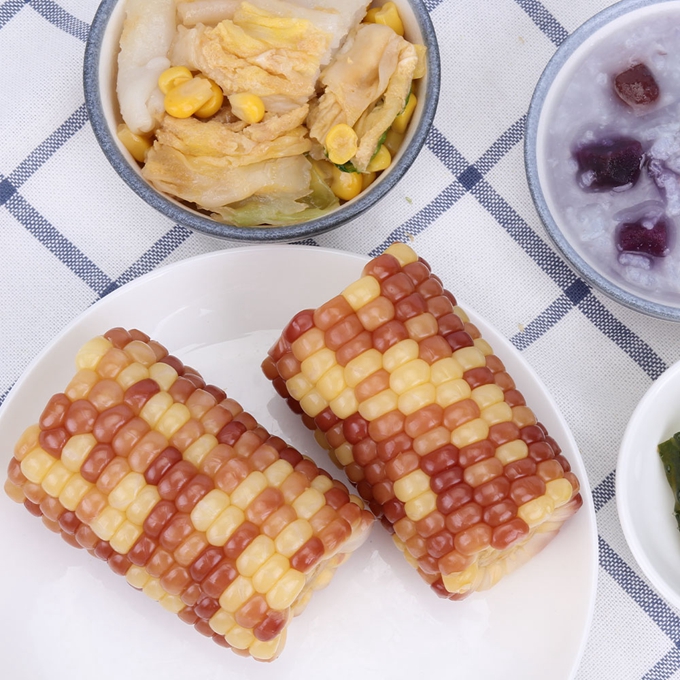
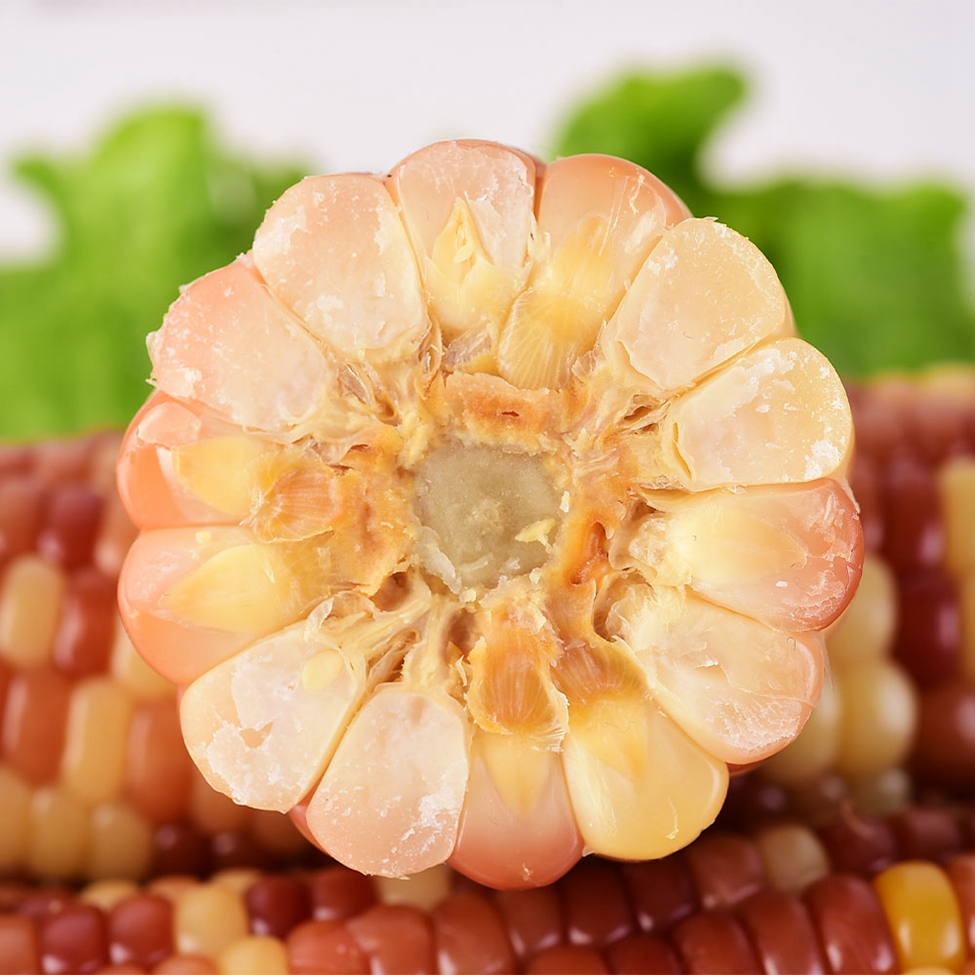
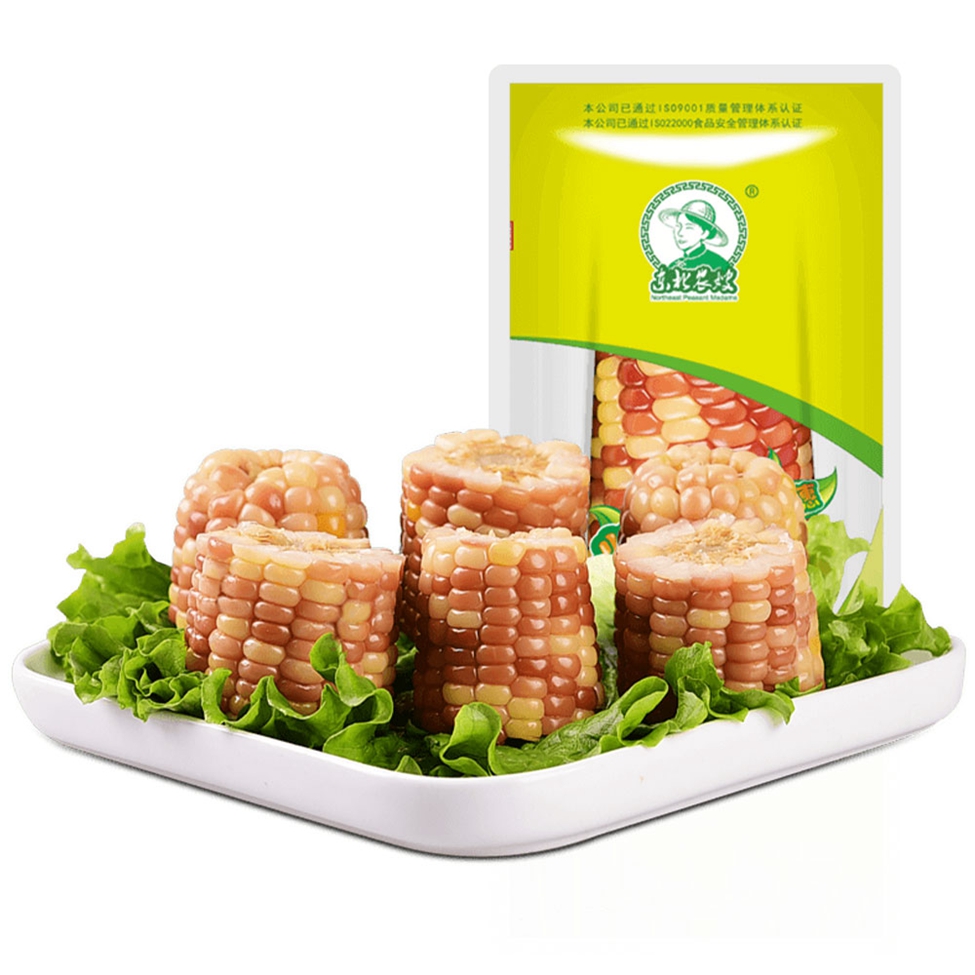
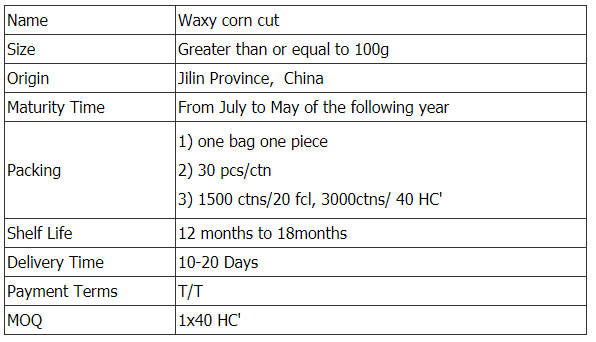
Mottled Corn Cut,Non Gmo Corn Cob,Mottled Waxy Corn Cut,Non Gmo Corn Cob Cut
Jilin Province Argricultural Sister-in-law Food Co., Ltd. , https://www.nscorn.com